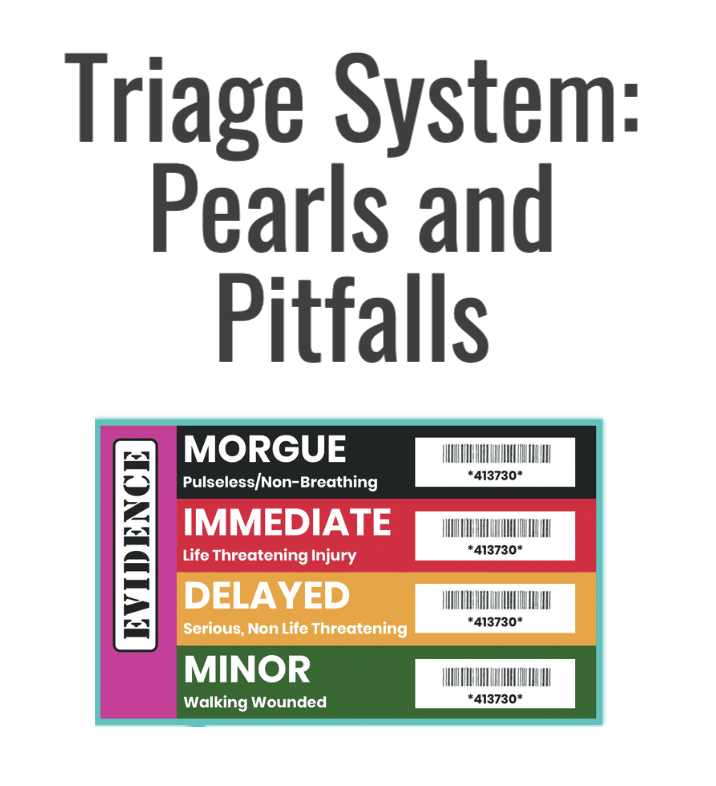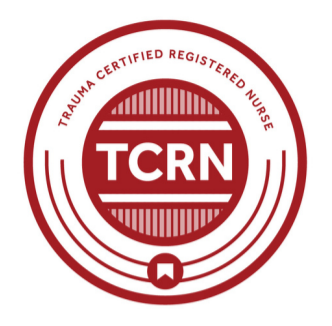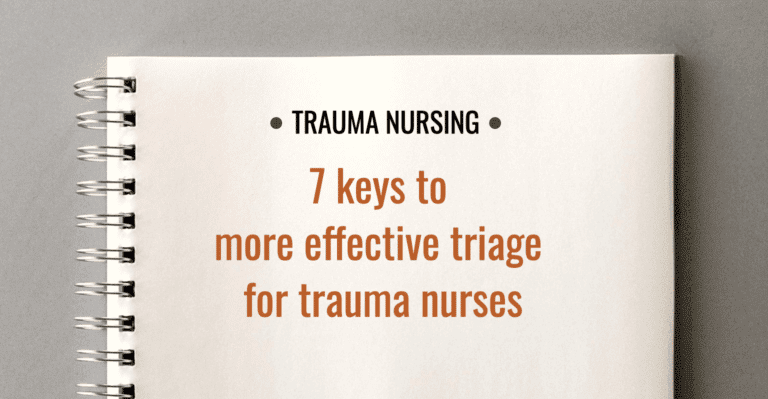The goal of triage in trauma is to salvage the maximum number of injured by flagging patients who need rapid intervention and identifying patients for whom treatment can be delayed. To triage is to sort patients with the aim of bringing the most good to the most people.
Here are 7 ideas and strategies that trauma and emergency nurses can use to run a more effective triage process.
1. Use the right triage tool for the right situation
There are several triage algorithms, and each one is suited to a different situation. Depending on the volume and acuity of trauma patients presenting at your center, it may make sense to adapt to conditions by switching to a different form of triage.
For example, the most well known mass casualty incident (MCI) triage method is START (Simple Triage And Rapid Transport). However, during a large influx of patients following an MCI, it may make sense to use SALT (Sort, Assess, Lifesaving Interventions, Treatment/Transport). The SALT algorithm begins with a quick sort that prioritizes patients before the assessment process.
Note: The Emergency Severity Index (ESI) protocol, which is used in the day-to-day operations of many emergency departments, is not built around mass casualty considerations.
2. Streamline the triage assessment when needed
Triage is typically driven by the triage documentation created in a hospital’s electronic medical record (EMR). This documentation often incorporates hospital-specific administrative or compliance-related requests such as screening for communicable diseases, asking about recent pregnancy or utilizing age-appropriate pain scales.
While there are appropriate opportunities for using these screening points, trauma and emergency nurses should know when to skip over these questions when patient volume and acuity warrant it.
3. Always keep resources in mind
An important part of the triage nurse role, especially during an MCI, is understanding current hospital resources and making appropriate adaptions. Resource-based adaptions may include:
- Rapidly discharging patients from the floor and/or the ED. The hospital should have a rapid discharge plan in place. This may include skipping many routine discharge processes and setting up a discharge staging area away from the hospital.
- Bringing in additional staff quickly. Best practice is to send out an immediate call/text for help using a prebuilt callback roster.
- Setting up a dedicated triage area and/or an alternate treatment location. Depending on the situation, this could be an ambulance bay, a conference room or a field.
4. Create paper disaster charts
Registration and electronic documentation during a disaster can be cumbersome. To facilitate triage, trauma centers should create paper chart packs for use during MCIs. Trauma and emergency nurses should train regularly on using paper disaster charts.
5. Use the “hurricane” naming system during MCIs
Reduce confusion during MCI triage by creating a nomenclature system for patient arrival. Some hospitals use a method similar to the system for naming hurricanes:
- Start with a name beginning with A, then B, etc.
- For example: Trauma_Alex, Trauma_Bradley, Trauma_Christy and so on.
- Once you reach Z, start over with a different name set.
6. Involve providers in triage when advisable
Effective triage utilization often requires the triage nurse to think outside the box. On a day-to-day basis this may include bringing a provider to the triage room to quickly assess a patient. Nurse practitioners, physician assistants and physicians can be very helpful in completing assessments, placing orders and expediting care.
Be sure to evaluate the effect of provider involvement on the triage process. Having a provider assess a patient in triage can be helpful, but assessments that take too long will undermine the goal of rapid sorting.
7. Perform secondary triage as able
The idea that a single triage assignment can accurately identify patient needs and guide overall patient care is unrealistic. Patients often arrive who do not appear sick but are later shown to be critically ill.
Remember that triage sorts based on presentation. Whenever possible, the triage nurse should perform a secondary triage (or continued assessments) to help direct further care actions.



